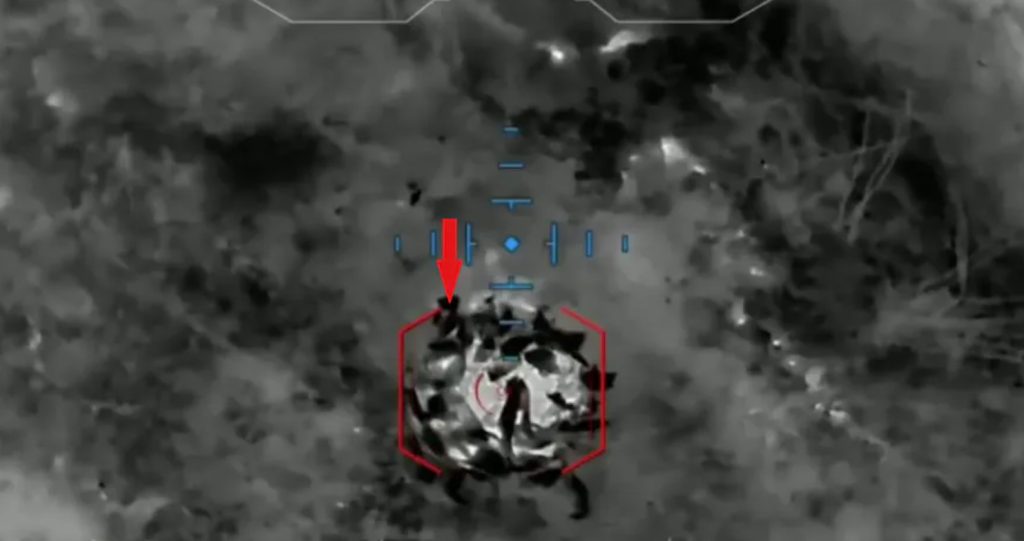The mines can be easily spotted using thermal imaging.
Others are reading now
Ukrainian creativity in eliminating Russian forces and adapting to battlefield challenges continues to evolve.
One of the latest tactics involves dropping camouflaged anti-tank mines behind enemy lines, a method that has proven effective in creating confusion among Russian troops, according to WP.
Dropped on Logistical Routes
The Ukrainian military has been utilizing armed mines, specifically the PTM-3 and TM-62 models, to target not only armored vehicles like infantry fighting vehicles and tanks but also to disable abandoned machinery and eliminate individual soldiers.
Recent footage has emerged showing these mines being dropped on identified Russian logistical routes, significantly disrupting supply deliveries to combat units.
Also read
In sunny weather, the mines can be easily spotted using thermal imaging, as their casings heat up in the sun. To counter this, Ukrainian forces have begun to camouflage these mines with netting, likely set up on a small frame to allow airflow, enhancing their concealment.
This adaptation adds an element of surprise and further complicates the enemy’s logistics.
Thermal ‘Vampire’ Equipment
Drones such as the “Baba Yaga,” often referred to as “vampires” in their thermal camera-equipped versions, are used to deploy these mines.
Drones like the DJI FlyCart 30 can carry loads of up to 66 pounds (30 kg), allowing them to transport multiple mines along with a larger battery for extended flights. This capability enables sustained operations over critical areas.
The TM-62 mines are simple yet effective Soviet-era anti-tank devices containing about 15.4 pounds (7 kg) of TNT, detonated by a pressure-sensitive fuse that activates when a vehicle weighing between 440 pounds (200 kg) and 1,100 pounds (500 kg) passes over it.
The PTM-3 mines are more advanced, designed for use in cluster munitions from systems like BM-30 Smierch and BM-21 Grad, scattering dozens of these mines over a wide area.
These mines are equipped with a fuse that has a one-minute delay after activation, ensuring they survive the fall. Once activated, a magnetic fuse detonates the mine if it detects a vehicle within a specified range.
However, the PTM-3 has a limited operational window, self-destructing after 24 hours to prevent friendly fire incidents.
Weighing around 10.8 pounds (4.9 kg), the PTM-3 has 3.97 pounds (1.8 kg) of explosives, which is sufficient to immobilize a tank by damaging its tracks.
Such tanks can then be destroyed with artillery fire or drones. In contrast, lighter vehicles like BTR personnel carriers or trucks often face total destruction, resulting in dramatic explosions.


